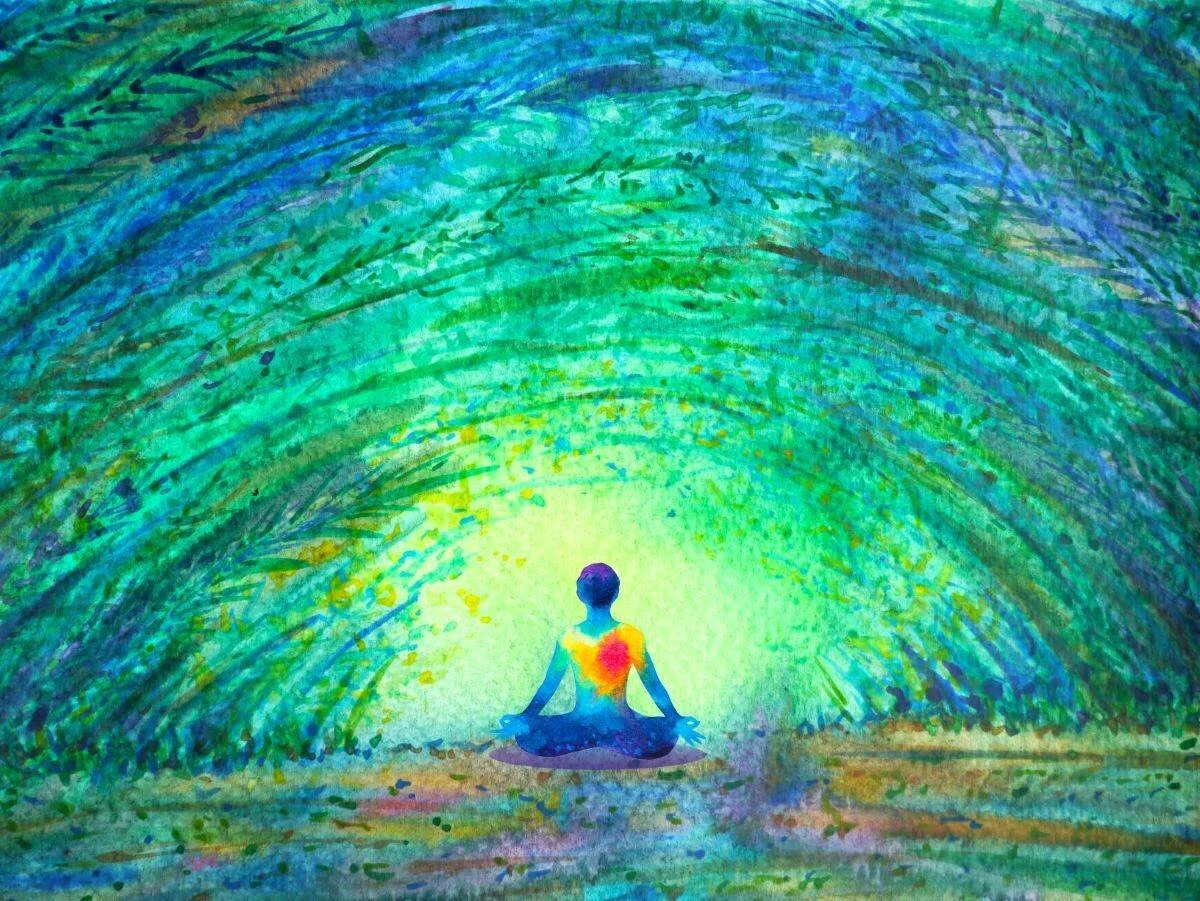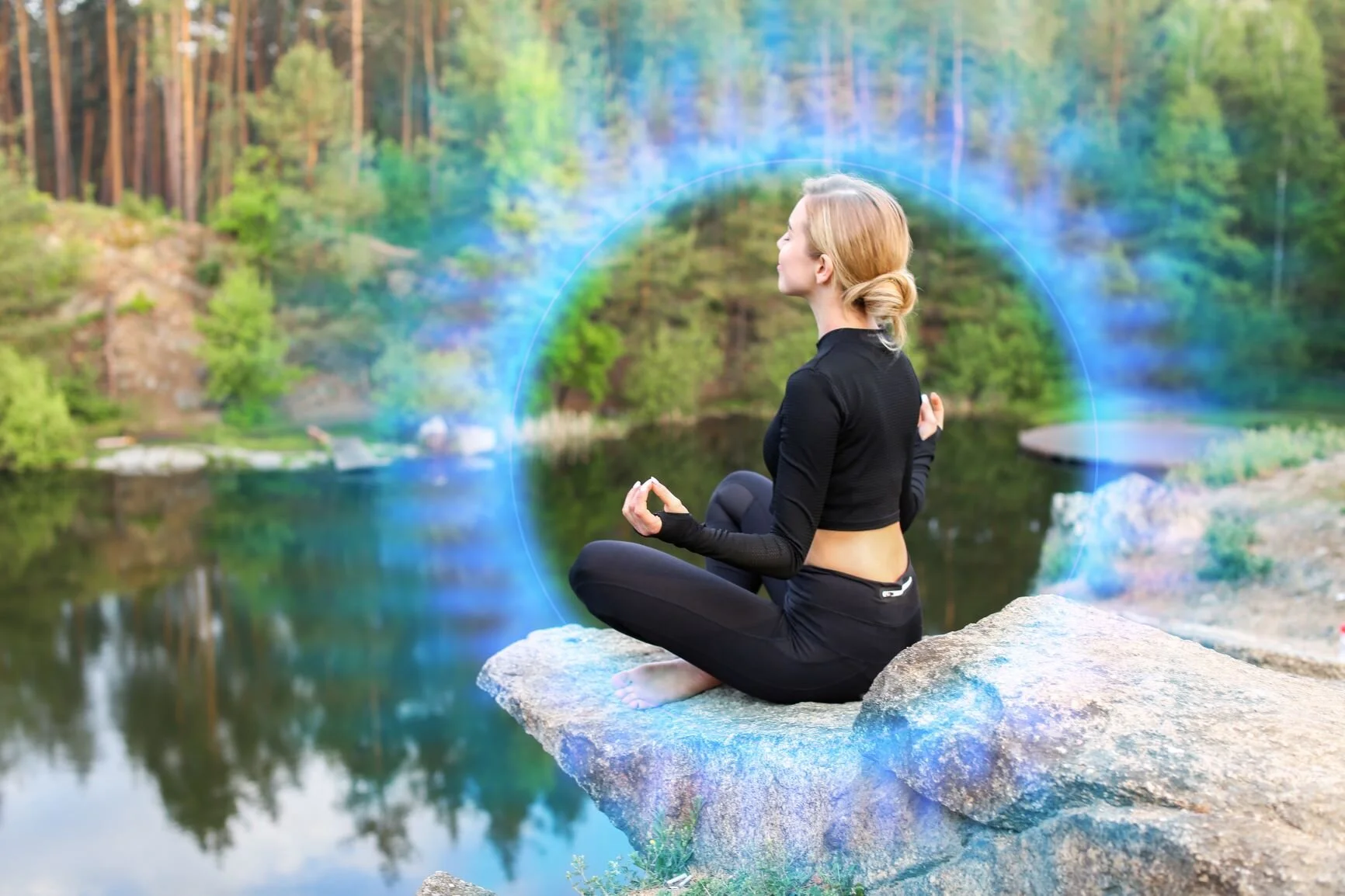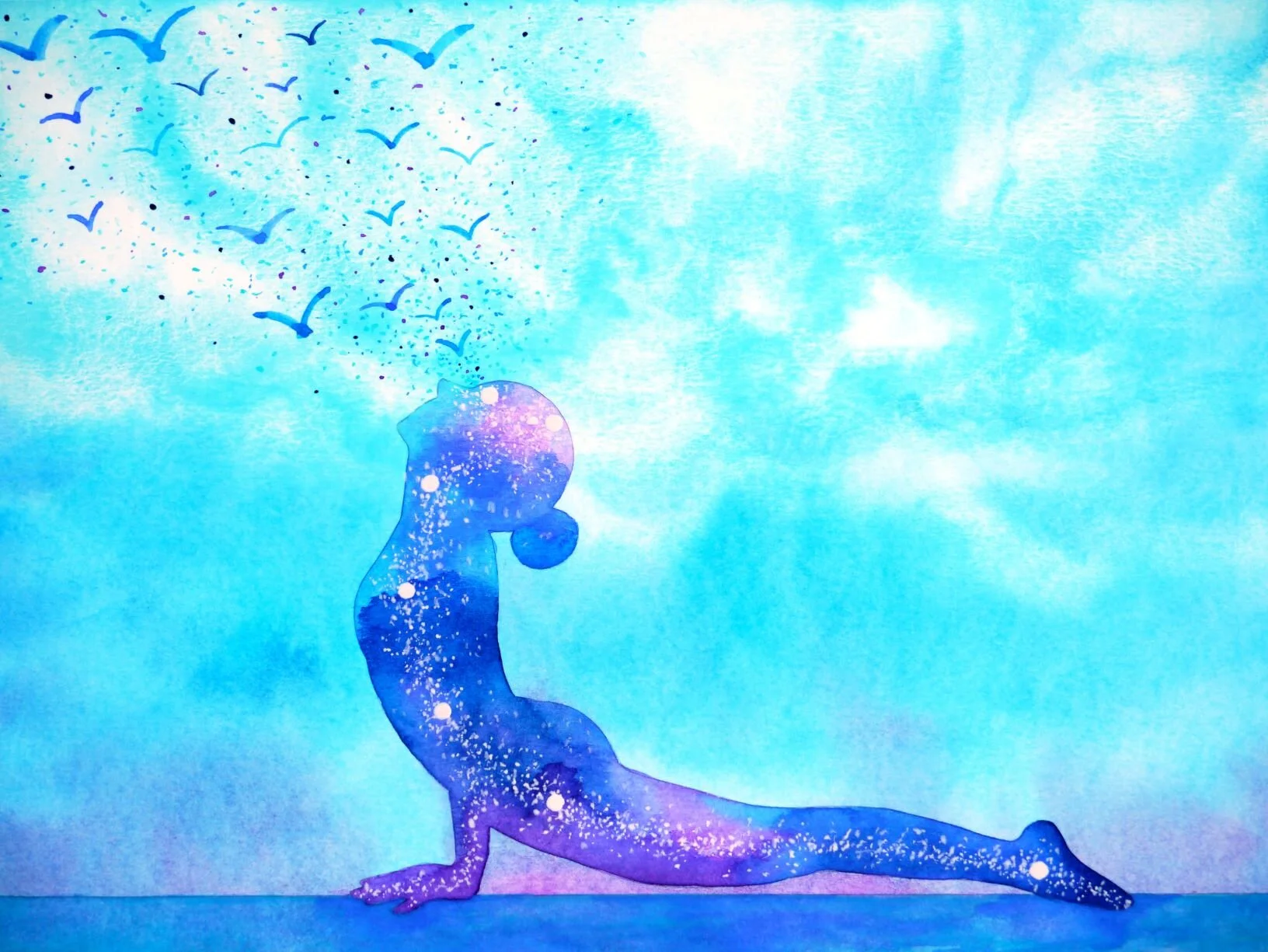Now 70, Lorin has been meditating since age 18, when he signed up to be part of a research project on the physiology of meditation. He was a control subject, and received no instructions whatsoever – they paid him to just sit in a totally dark, soundproofed room in the lab for two hours a day for several weeks, and measure his brain waves. With no instructions, and never having heard of meditation, Lorin just attended to the total silence and darkness, and spontaneously entered entered a state of intense alertness.
A few months later, someone handed him a little book describing 112 meditation practices. When he looked at the first page of the book, Lorin felt a huge flash of light and delight as he realized that he had experienced some of these meditations while sitting in the lab. This experience made it clear that meditation is a spontaneous and natural human experience, and that there are many doorways into meditation. The book contained the first English translation of the Vijnana Bhairava Tantra, an ancient yoga text.
After the experiment was over, the researchers began asking Lorin to teach simple meditation practices as part of the scientific studies. Then students at the university asked him to share the techniques he was exploring, and this led to teaching meditation in academic classes. Thus it was that with no training whatsoever, Lorin wound up teaching meditation. This was 1968, at the newest University of California campus, so Lorin could get away with a lot.
One thing led to another, and soon Lorin was running his own Experimental College, which went by the name, Esalen at Irvine: Experiential Workshops. He invited teachers from Esalen to come to Irvine and offer workshops in meditation, yoga, dance, Tai Chi, Structural Integration Movement Awareness, Art Meditation, and Gestalt Body Awareness. Each of the Esalen teachers taught Lorin an important component of what later became his own approach to meditation, which combines body awareness, movement, spontaneous gestures or mudra, mantras, visualizations, and above all, individuality.
Individuality is the appreciation that each of us is different, and have unique pathways into our inner worlds.
Lorin was born in 1949 and grew up in Southern California, in little beach towns such as Ventura, Malibu and Dana Point, which in the 1950's, 60's and 70's were middle-class and unpretentious. Both his parents were surfers and members of the San Onofre Surfing Club from the 1940's on, and took him into the ocean before he could walk.
San Onofre, CA
Lorin at San Onofre, CA
With his wife, Camille Maurine, Lorin is the author of several books, Meditation Secrets for Women and Meditation 24/7: Practices to Enlighten Every Moment of the Day. He is also the author of Meditation Made Easy, Breath Taking, Whole Body Meditations, and The Radiance Sutras (see the books here).
Camille
Lorin’s Research on Meditation at UC, Irvine
Lorin received his Ph.D. in Social Science from the University of California at Irvine in 1987. His doctoral dissertation was about the language meditators come up with to describe their experiences. In other words, the maps they make to navigate their inner worlds. His Master's Degree work focused on the hazards of meditation and the crisis points in a meditator's development.
Both his Master's and Doctoral research were based on an 8-year period in which he sought out meditators of all types: Zen, Christian, Buddhist, Vipassana, Kundalini, TM, Sikh, Hindu, Tibetan, Jewish, Kaballah, Wicca, Native American, Theosophist, Arcana, Agni Yoga, Hatha Yoga, Raja Yoga, Bhakti Yoga, Brain Wave Biofeedback, Autogenic Training, Neurolinguistic Programming, Ericksonian Hypnosis, Gestalt, Charltte Selver Sensory Awareness, Feldenkrais Awareness Through Movement, Shamanism, and others. He made a special effort to seek out people who were meditating on their own, with no teacher and no tradition, just making it up. Lorin asked all these people, "What are you experiencing now?" and took notes as they talked for hours and described their sensations, images, feelings, and auditory perceptions. Listening to all these different kinds of meditators describe their experiences helped Lorin develop his models of individual perception, the way that each individual has her or his own unique style of approaching meditation.
Lorin’s Work as a Meditation Therapist
At the same time (1975 to 1989 especially), as word got around that there was a meditation teacher on the loose who would just listen to you, all kinds of meditators started coming to Lorin to share their experiences. They were seeking a "meditation therapist," actually, who could help them with the problems they were having in adapting their inner world to the outer world. During this time he worked with many hundreds of meditators of all traditions who were having difficulties, doubts, or health problems that they suspected were related to their meditation practice. Listening to all these meditators talk about the difficulties was an incredibly rich learning experience for Lorin, because it let him map out the challenges on the path. This led to the development of a system of diagnosing meditation injuries and problems.
Instinctive Meditation
During the 1960's and 1970's Lorin worked as a research assistant on some of the physiological studies on meditation, then in the 1980's he became involved in research on the subjective experience of meditation
Instinctive Meditation tends to feel more like an innate skill that you are remembering than a technique that you are learning. Lorin's work is aimed at activating an individual's internal guidance systems and bringing forth your instinctive knowing, so that you can safely practice meditation without being dependent upon Gurus, systems or external authorities.
Lorin says, "Meditation can feel like it comes as a gift from the outside – from the lineage of monks, gurus and sages over the millennia. You become their servant and seek to kill off anything in you that does not fit into the aura of a meditation ashram, where the ideal is to be celibate and detached from it all. I have done this type of meditation and loved it. But it is for people who don't mind being dominated by dead Asian males.
"Meditation can feel like it comes from the inside, from your own inner knowing, your inner self, your instincts and body. Instinctive Meditation is based on what works for Westerners, and is for people who embrace the adventure of making it up for themselves."













